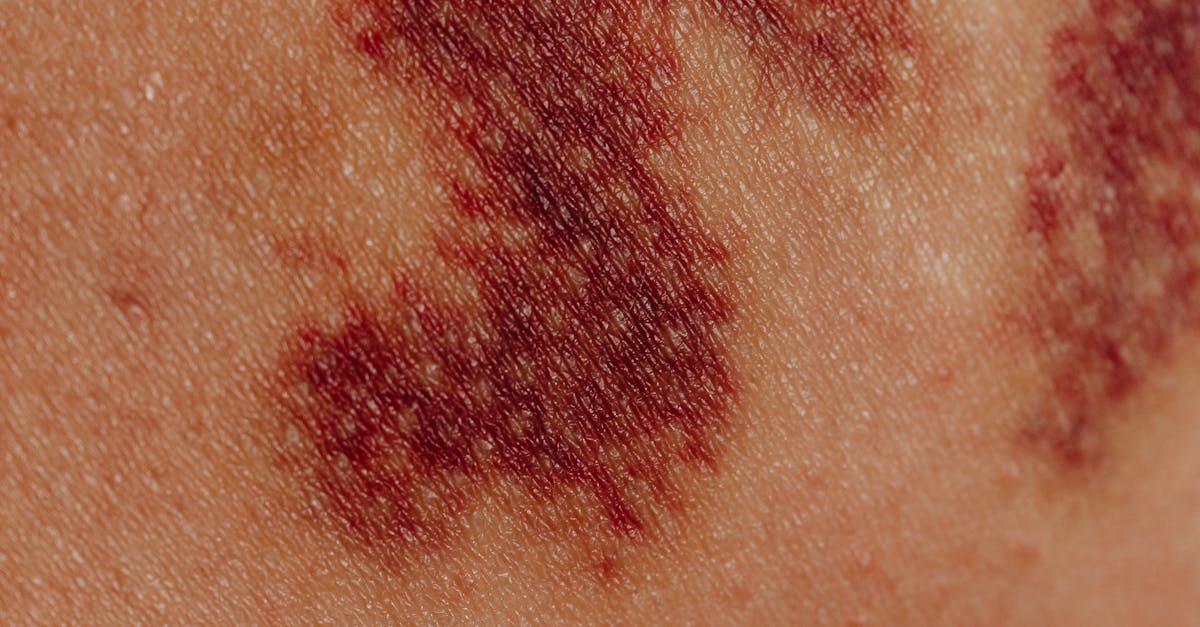Stingrays are fascinating creatures that glide gracefully through the ocean. However, despite their beauty, they can pose a serious threat to humans if provoked. Understanding what a stingray sting looks like is essential for anyone who enjoys water activities in areas where these animals reside. In this article, we will explore the characteristics of a stingray sting, what to look for, and how to respond if you or someone else is stung.
| Characteristic | Description |
|---|---|
| Appearance | Redness, swelling, and puncture wounds |
| Pain Level | Severe, immediate pain |
| Location of Sting | Commonly on the foot or leg |
| Duration of Symptoms | Varies; can last hours to days |
| First Aid | Hot water immersion and medical attention |
| Potential Complications | Infection, allergic reactions |
| Prevention | Shuffling feet in shallow water |
Appearance
A stingray sting typically presents with redness and swelling around the puncture wound. The skin may also show a clear entry point where the barb penetrated. This injury can vary in severity, with some stings resulting in deeper wounds and more significant tissue damage. The surrounding area may appear inflamed, indicating a reaction to the venom introduced by the stingray.

Pain Level
The pain from a stingray sting is usually immediate and intense. Victims often describe it as a sharp, stabbing pain that can radiate from the site of the sting. This pain can be debilitating and may cause a person to become disoriented or unable to walk. The severity of the pain can vary depending on the individual’s pain tolerance and the location of the sting.

Location of Sting
Stingray stings most commonly occur on the foot or leg, especially when individuals accidentally step on a hidden stingray while wading in shallow waters. This is why it is advised to shuffle your feet as you walk through sandy areas in the ocean, as this can alert stingrays and encourage them to swim away rather than being stepped on.

Duration of Symptoms
The duration of symptoms following a stingray sting can vary significantly. Some individuals may experience relief within a few hours, while others may have lingering pain and swelling for days. In some cases, complications such as infection can prolong the healing process. It is crucial to seek medical attention if symptoms worsen or do not improve.

First Aid
Immediate first aid is vital for managing a stingray sting. One recommended method is immersing the affected area in hot water, as this can help alleviate pain and neutralize the venom. It is essential to seek professional medical attention following a sting, especially if the sting was severe or if there are signs of infection. Proper wound care and possible administration of pain relief or antibiotics may be necessary.

Potential Complications
While most stingray stings can be treated effectively, there are potential complications to be aware of. These can include infections at the site of the sting or allergic reactions to the venom. Symptoms such as increased redness, swelling, or pus should prompt immediate medical attention. Additionally, in rare cases, a stingray sting can lead to more severe systemic reactions, requiring emergency care.

Prevention
Preventing stingray stings involves being cautious when entering the water. One effective strategy is to shuffle your feet as you walk in shallow areas, which can help alert stingrays to your presence. Wearing protective footwear may also provide an additional layer of safety. Awareness of your surroundings and understanding the behavior of stingrays can significantly reduce the likelihood of an encounter.

FAQ
What should I do if I get stung by a stingray?
If you are stung by a stingray, immerse the affected area in hot water as soon as possible. Seek medical attention promptly to assess the injury and receive appropriate treatment.
Can a stingray sting be fatal?
While stingray stings can be painful and lead to complications, they are rarely fatal. However, severe allergic reactions or infections can pose serious risks, so it is essential to seek medical care.
How can I identify a stingray sting?
A stingray sting typically presents with immediate pain, swelling, and redness around the puncture site. You may also notice a visible wound or multiple puncture marks.
Are there any long-term effects of a stingray sting?
Most people recover fully from stingray stings without long-term effects. However, complications such as infections can lead to scarring or other issues if not treated properly.
References:
– [Centers for Disease Control and Prevention (CDC)](https://www.cdc.gov)
– [Mayo Clinic](https://www.mayoclinic.org)
– [National Oceanic and Atmospheric Administration (NOAA)](https://www.noaa.gov)
– [American Red Cross](https://www.redcross.org)
Understanding the appearance and implications of a stingray sting can prepare you for a safer experience in their habitats. Always prioritize safety and seek professional help when necessary.
